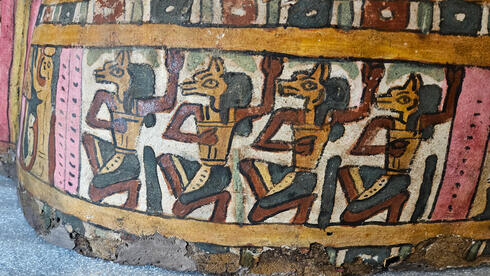Once revered for its deep symbolic meaning and vibrant color, pigment was used in ancient Egyptian art and architecture; Researchers now reveal how artisans crafted material, offering new insights into early chemistry and preservation science
Scientists have successfully recreated Egyptian Blue, the world’s first synthetic pigment, thousands of years after the original technique was lost.
Developed around 3100 BCE, Egyptian Blue was widely used in ancient Egypt to decorate temples, tombs, religious artifacts, pottery, wall paintings and statues. The pigment, made from a mixture of silica, lime, copper and an alkali, held symbolic meaning, often associated with the deity Amun-Ra and representing life and rebirth.
Researchers from Washington State University, in collaboration with the Carnegie Museum of Natural History and the Smithsonian’s Museum Conservation Institute, developed a dozen different pigment recipes using varied materials, heating times and cooling rates. The study, published in npj Heritage Science, provides new insights for archaeologists and conservationists studying ancient Egyptian materials.


